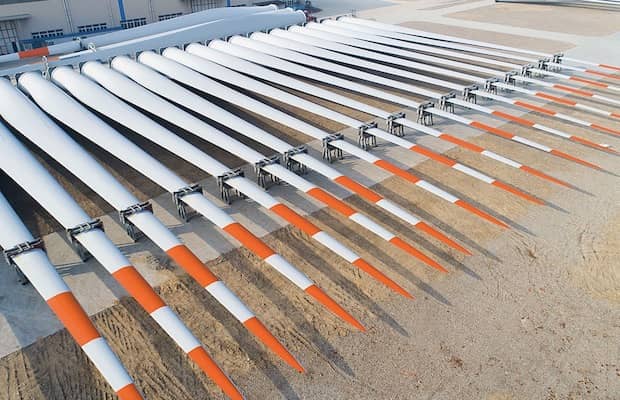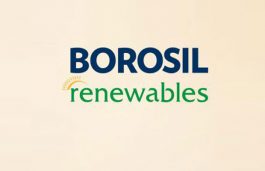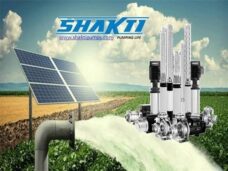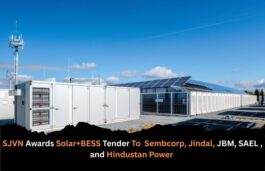Highlights :
- Recycling of renewable energy equipment is vital to long term sustainability of the sector.
- Wind energy is well ahead of solar in this regard.

Spanish turbine maker Siemens Gamesa announced on September 7 that it has started producing recyclable offshore wind turbine blades for commercial use. The move matters to an industry that, even while seen as renewable and clean, needs to do more to truly reduce its carbon footprint, and start carbon free payback earlier for projects.
Competitor Vestas had made a somewhat similar claim back in May this year. In any case, healthy competition is healthier for the environment, on this issue. The larger issue for the renewable sector might actually be recycling of solar equipment, where progress has been much slower. For leading players like Siemens Gamesa, scrutiny is harder to deliver.
The blades in wind turbines have been the most visible and problematic components to recycle, even as their size has grown with turbine capacity. Till recently they were considered non-recyclable, drawing attention to their impact on the environment. A study conducted by the University of Cambridge had estimated that 43 million tonnes of wind turbine blade waste will be generated by 2050, most of which will be disposed of in landfills. China is expected to hold 40 per cent of the world’s waste; Europe 25 per cent; the United States 16 per cent; and the rest of the world 19 per cent. Europe is also likely to ban wind energy blades from landfill sites by 2025.
Efforts to make them more eco-friendly or recyclable have been on for some time, but even as progress was made on smaller blades, the boom in offshore wind, with its high capacity turbines and giant blades, made it more challenging.
With over 80 per cent of the mass of wind turbines made up of recyclable materials such as steel, iron, copper and aluminum, according to the National Renewable Energy Laboratory, everything was recyclable, other than blades.
Composite materials based on carbon fibers, plastics and resin account for 11-16 per cent of the material used in blades. These have a life expectancy of 25 years and are difficult to recycle, due to the plastic fibres used.
Made using resins that tie together their different materials, blade lengths can go upto 125 meters for the turbines made at Siemens Gamesa, and the firm claims that an innovative chemical structure means those individual components can be stripped away after use, allowing a much higher recycling level. Thus, success for Siemens Gamesa could mean reaching almost 95% levels of recycling for wind energy equipment.
The unit of Siemens Energy claims it has already reached agreements to sell recyclable blades to three utilities Germany’s RWE, France’s EDF and Britain’s Western Power Distribution for coming projects.





























